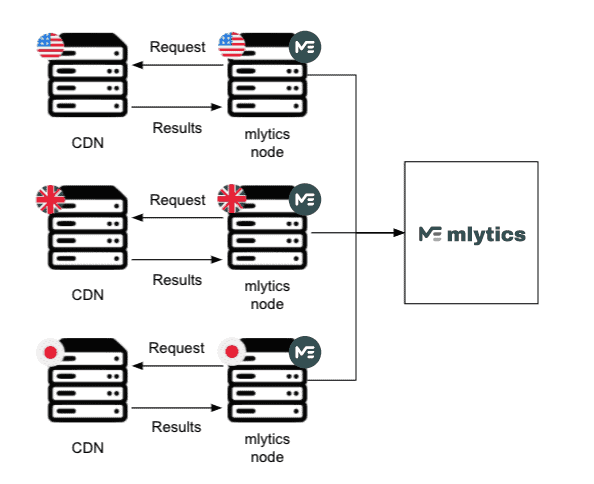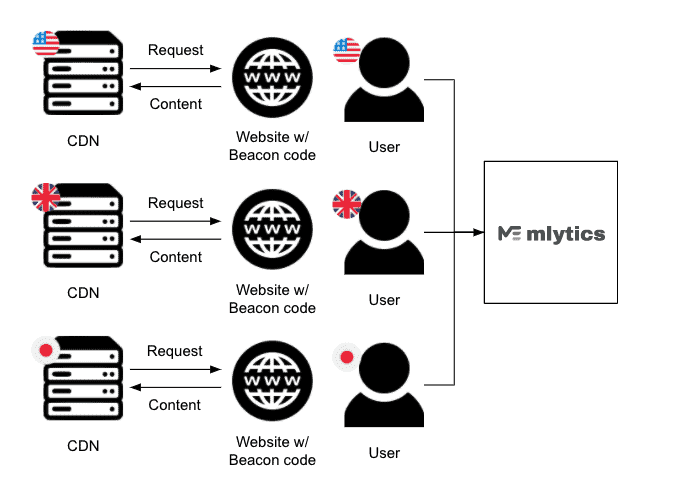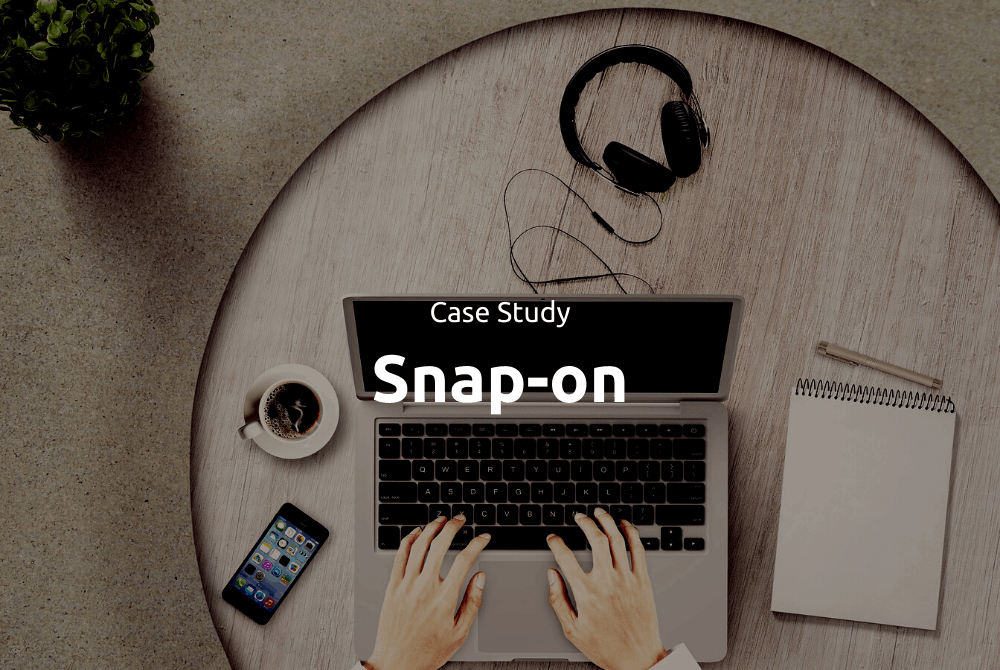1940s Stop Watch – by Steve Austin
When businesses are shopping for a new CDN (content delivery network), they naturally want the fastest, most consistent option available. However, it can be challenging to determine how well a CDN will perform in the real world. Using a website speed test tool can be helpful, but you can’t test a product you don’t own on your website.
Vendors sometimes make promises about performance and lock companies into yearslong contracts before they’ve really given the CDN a test drive. You may be able to view some charts and data about the CDN’s track record, but this information is only partially useful. It is much more helpful to compare CDNs against one another when making a choice.
For these reasons, it becomes even more urgent to test CDN performance ahead of purchase.
How can a business determine the speed of a CDN before implementation?
Unfortunately, there’s no easy way to this.
The good news is that it’s possible to measure CDN performance before implementation, without using a website speed test tool. The less good news is that the process is cumbersome and often incomplete.
Usually, in order to get any data from a CDN, whether it’s through a website speed test tool or through any customized methods, we’ll have to first implement the CDN to a domain (a test or a real working one) so that we have a medium to interact with the underlying PoP (Points of Presence).
That being said, technically it’s possible to measure CDN performance without implementing a domain with a CDN. All we need is to know which PoP the CDN will be using, and the IP of that PoP. But since most CDNs on the market are designed to constantly swap between PoPs, it’s unrealistic to just test one specific PoP if we can even manage to get an IP at all. This solution is inadequate for a few reasons:
- It can be challenging to get accurate PoP IPs from the CDN provider
- You can’t get enough information to make a determination about real-world speed
- CDNs actively route traffic across their PoPs regionally — it’s impossible to know which PoPs to test
- This manual process is time-consuming and sometimes, cost-consuming if the CDN provider doesn’t want to share the information you need
Most of us would give up and hope for the best by the time we work through the dozens or hundreds of applicable IPs. CDN providers know this, unfortunately. Less reputable vendors sometimes exaggerate performance metrics, and as a decision-maker, you’ll need to make a decision based on incomplete information.
How we solve this
We understand that businesses can make more informed purchase decisions if they have all the performance data for each CDN.
So we developed Pulse, a tool that can provide CDN-to-CDN comparison in terms of latency and availability. It enables businesses to overcome their limited ability to test CDNs. Pulse gives teams meaningful information about CDNs, especially as it relates to latency and availability — two make-or-break factors in the world of content delivery.
To build this, our approach is combining two different methods to get the most accurate data possible: synthetic monitoring data and real user monitoring data.
Synthetic monitoring data
Synthetic monitoring is a monitoring method that simulates a user’s behavior to request resources from an application or a website with the whole process being monitored by the system to get valuable performance data such as functionality, availability, and latency. This is usually triggered at a fixed interval to continually acquire performance data from a source.
As a turnkey Multi CDN solution platform, this gives us a front-row seat to a vast range of CDNs. Every time when we integrate new CDNs into our platform, we set up a test domain for each CDN so that we can test the performance whenever needed.
And with the 200 nodes we’ve deployed globally, we’re able to collect CDN performance and availability data via synthetic monitoring in all the regions, and for all the CDNs we offer in the Power-Ups marketplace.

Real user monitoring data
In contrast, real user monitoring (RUM) is a passive monitoring method that records real users’ interaction with an application or a website.
Mlytics offers customers to install a code snippet (we call it Beacon code) on their website, that collects real user monitoring (anonymous, privacy-protected) data.

Mixing the data
The system then combines these two data sources, and accurately reflect the actual performance status for all the CDNs anywhere around the world. These data are then projected to Pulse for users to interact with.
Pulse and Smart Load Balancing
The creation of Pulse isn’t the main reason why we’re collecting CDN performance data in the first place. In fact, it is actually a by-product of our core feature: Smart Load Balancing.
When we were planning for the Mlytics platform, we knew that we need to tackle two things: ease of CDN activation and smart traffic load balancing between different CDN providers.
We would need a huge amount of CDN data to create a system that can route traffic based on CDN performance and availability. So we added hundreds of nodes across the world so that we can constantly test and acquire the CDN performance data we need for each region.
As a result, Smart Load Balancing has been working flawlessly for our customers, helping them avoid performance issues and outages by constantly identifying and pointing traffic to the best-performing CDN based on the data collected via the nodes.
Give it a shot
The Mlytics Pulse helps businesses evaluate CDN performance before they make significant investments or agree to long term CDN provider contracts. Businesses can make better-informed decisions about their CDN provider based on key issues like latency and availability.
Sign up for a Mlytics account and access the Pulse tool for free today.



